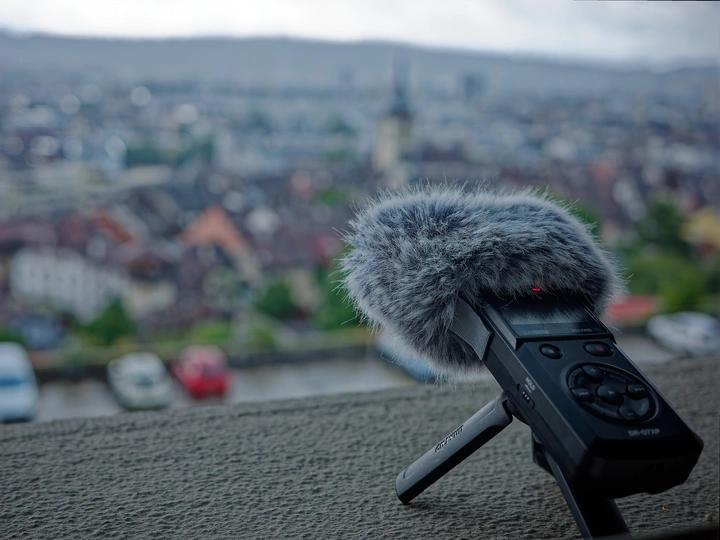Urban Soundscape Ecology for the Multispecies City

I am a Post-Growth Urbanist, specialising in human-planetary relationships, based in Biel/Bienne, Switzerland. My research initiative Nominute.City bridges bioacoustic research with phenomenological approaches, photographic inquiry and social sciences, exploring new methodologies for eco-socio-urban transformation.
My journey towards Urban Soundscape Ecology began through architectural research. As Senior Researcher at the Centre for Typology and Planning in Architecture, Lucerne, I developed methodologies connecting human behavioural studies with our physical environment. A subject that I further expanded during my PhD in Design Sciences at IUAV University Venice, where I explored human-technology-environment relationships through location-based services research with the Swiss Avalanche Institute and its development of the ski-touring application White Risk Mobile. This cross-disciplinary collaboration investigated broader relationships between people, physical environment, emerging technologies and planet.
In January 2025, I started Nominute.City as a global research initiative examining post-growth eco-social urban transformation. The first Kyōto case study, funded by LINA partner Pro Helvetia and Berner Designstiftung, developed the Urban Endemism framework whilst extensive fieldwork including audio recordings led to my Urban Soundscape Ecology approach.
Next year, my World Design Capital Frankfurt project "Re-Negotiating Space—Dialogues for Urban Ecological Democracy," developed with Kultur einer Digitalstadt e.V. Darmstadt, will expand on the Urban Acoustic Niche Hypothesis (U-ANH) principles through four international dialogues at Park Rosenhöhe and UNESCO World Heritage Site Mathildenhöhe, four research residencies, and two reciprocal exhibitions in Japan—discussing how we need to re-negotiate urban and acoustic space from a multispecies perspective in an era where anthropogenic mass exceeds all living biomass on earth.
Cities face a polycrisis: demographics, biodiversity loss, climate disruption, and social displacement through overtourism or exploitation of public space. These phenomena increasingly stress our urban ecosystems—stress that impacts urban soundscapes and what Henri Lefebvre described as the urban „oeuvre“ created through citizens' lived experience. Through my Nominute.City research initiative, this project reaches beyond mere noise management by translating Bernie L. Krause's Acoustic Niche Hypothesis (ANH) from natural to urban contexts—a hypothesis that itself represents a niche in research and opens pathways for novel, evidence-based approaches to multispecies cities. Through field-recording and spectrogram analysis in urban areas (first case studies include Kyoto, Biel/Bienne, Berne, and Palermo), I map acoustic relationships between A=anthrophonic (human-made), B=biophonic (living organisms) and G=geophonic (natural forces) sounds.
My research addresses three questions: How do multispecies communities negotiate shared acoustic space in urban acoustic niches (U-ANH)? How can an Urban-Modified Normalised Difference Soundscape Index (NDSI-U) effectively measure acoustic interactions in anthropogenic-dominated soundscapes? What constitutes constructive anthropogenic sound that enhances rather than degrades multispecies urban commons? First results include evaluation protocols focusing on multispecies acoustic commons, and a first version of the NDSI-U enabling three-way A-B-G assessment.
The project embraces LINA's core mission by demonstrating how soundscape awareness can guide inclusive and regenerative urbanism. Results aim to open pathways for practical tools helping European cities to transform urban acoustic challenges into opportunities for multispecies city innovation through soundscape ecology—moving beyond traditional noise management towards ecological listening.